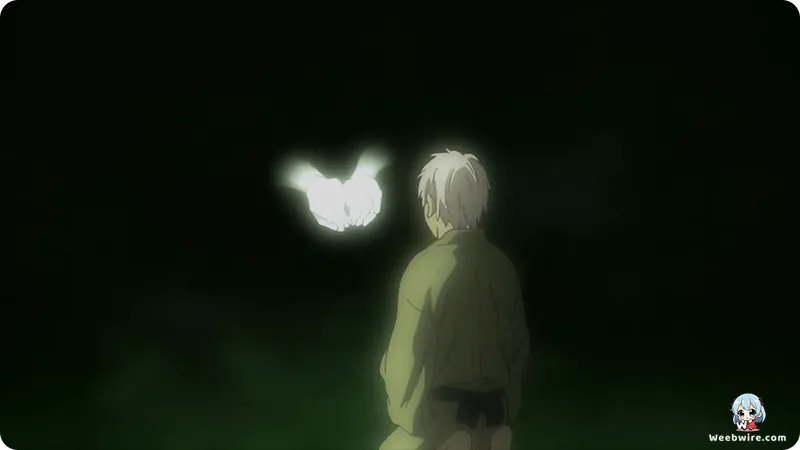MUSHI-SHI's Unconventional Triumph: The Radical Sound Design and Deep Philosophical Lore That Defined The Next Passage 2

While much of the contemporary anime landscape favors high action and continuous narrative escalation, MUSHI-SHI The Next Passage 2 stands as a notable and profound exception. This critically lauded sequel successfully reaffirmed the quiet, episodic brilliance established by its predecessor. The series follows the travels of Mushi Master Ginko as he navigates a world where humans intersect with primordial entities known as Mushi. Far from relying on conventional action, the series’ enduring appeal and critical triumph are rooted in radical artistic choices, particularly its groundbreaking approach to sound design and the deep philosophical underpinnings of its lore.
The Power of Minimalist Sound Design
A cornerstone of Mushishi's unique atmosphere is its deliberate use of minimalist audio. Director Hiroshi Nagahama and Sound Director Toshihiko Takamatsu made the conscious decision to largely eschew traditional background music (BGM), opting instead for an ultra-realistic soundscape. This choice serves to fully immerse the viewer in Ginko's environment. The auditory experience is dominated by meticulously captured ambient noises: the subtle rush of wind through leaves, the distant chorus of nocturnal insects, or the persistent drip of water.
Music, typically melancholic acoustic guitar themes, is utilized sparingly, reserved exclusively for moments of significant emotional weight or philosophical realization. This almost documentary-like commitment to natural audio compels the audience into a meditative state, perfectly mirroring Ginko’s detached yet empathetic observation, and heightening the tension derived from the raw, unseen forces of nature.
Mushi: Amoral Life Forms and Ecological Balance
The Mushi themselves possess a surprising depth that elevates the series beyond typical supernatural narratives. They are not malevolent spirits or curses; creator Yuki Urushibara conceptualizes them as life forms closest to the original, untamed state of existence, preceding common flora and fauna. Often likened to environmental energy or 'qi,' the Mushi are fundamentally amoral.
Ginko’s mission is thus not one of exorcism, but of ecological stewardship, striving to maintain a delicate balance between the human world and the Mushi world. Their interactions with humans, while sometimes tragic and destructive, are merely accidental consequences of their existence, providing the series with its profound psychological dimension.

Ginko's Tragic Identity
Crucial elements of Ginko’s identity are tied directly to the lore. His distinctive silver hair, singular green eye, and perpetual need for movement are the residual consequences of a traumatic childhood encounter. Originally named Yoki, he was fundamentally altered after a near-fatal interaction with the powerful Gingko mushi, forcing him to sacrifice his memories and form to survive. These physical traits mark him as a living boundary between the two worlds.
Furthermore, his presence naturally attracts Mushi, necessitating his life as an endless traveler. Even his seemingly mundane habit of constant smoking is a necessary survival ritual, the smoke acting as a mild deterrent against less potent Mushi.
Visual Translation by Studio Artland
The visual translation of Urushibara’s subtle art was expertly handled by Studio Artland for The Next Passage 2. Known for its soft lines and muted color palettes, the manga's aesthetic required an animation approach that prioritized mood over spectacle. Artland employed techniques that lend the visuals a gentle, almost watercolor quality. The pacing is intentionally slow and the movements subdued, aligning perfectly with the slice-of-life structure.
This collective dedication to unconventional choices—from the profound ecological themes and the minimal sound design to the tragic narrative of its protagonist—solidified MUSHI-SHI The Next Passage 2 as an unforgettable and deeply contemplative experience.
Credits
MUSHI-SHI The Next Passage 2
Author
Yuki Urushibara
Cover Art
Yuki Urushibara
Studio
Artland
Publisher
Kodansha
Producers





